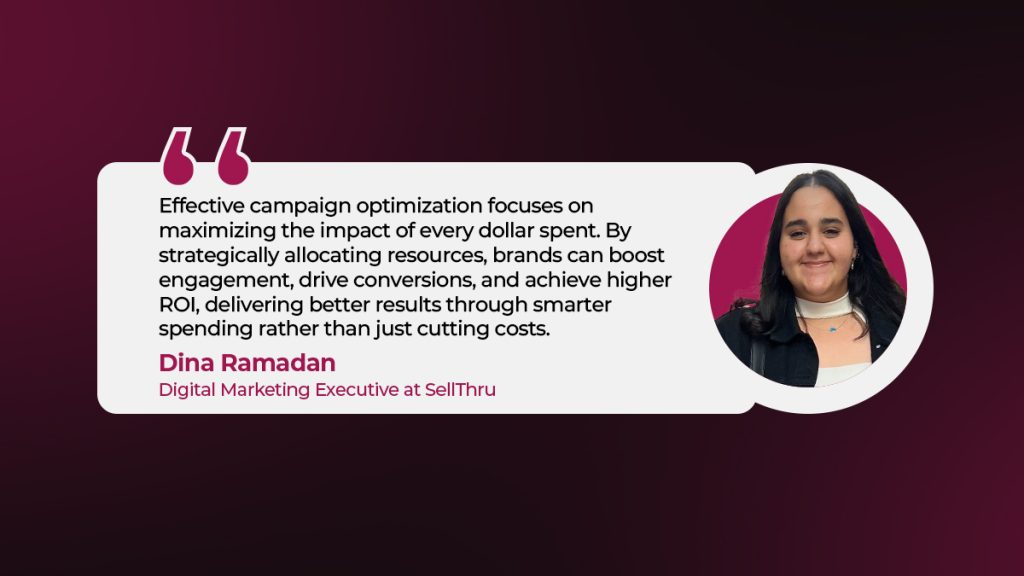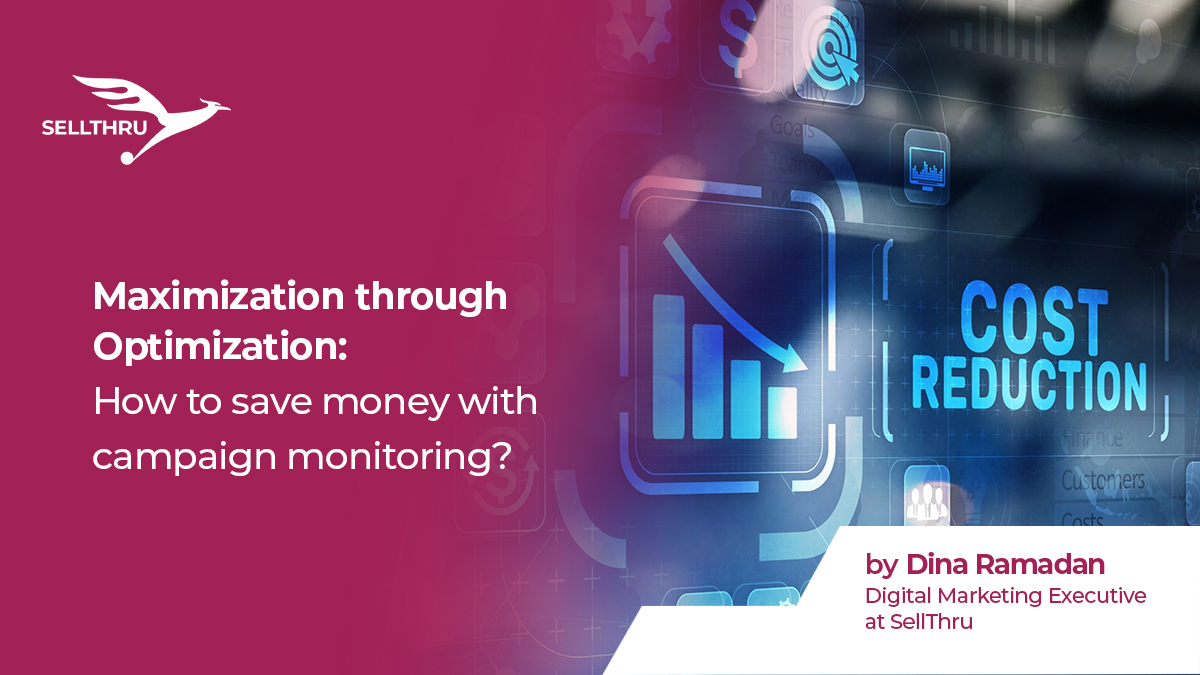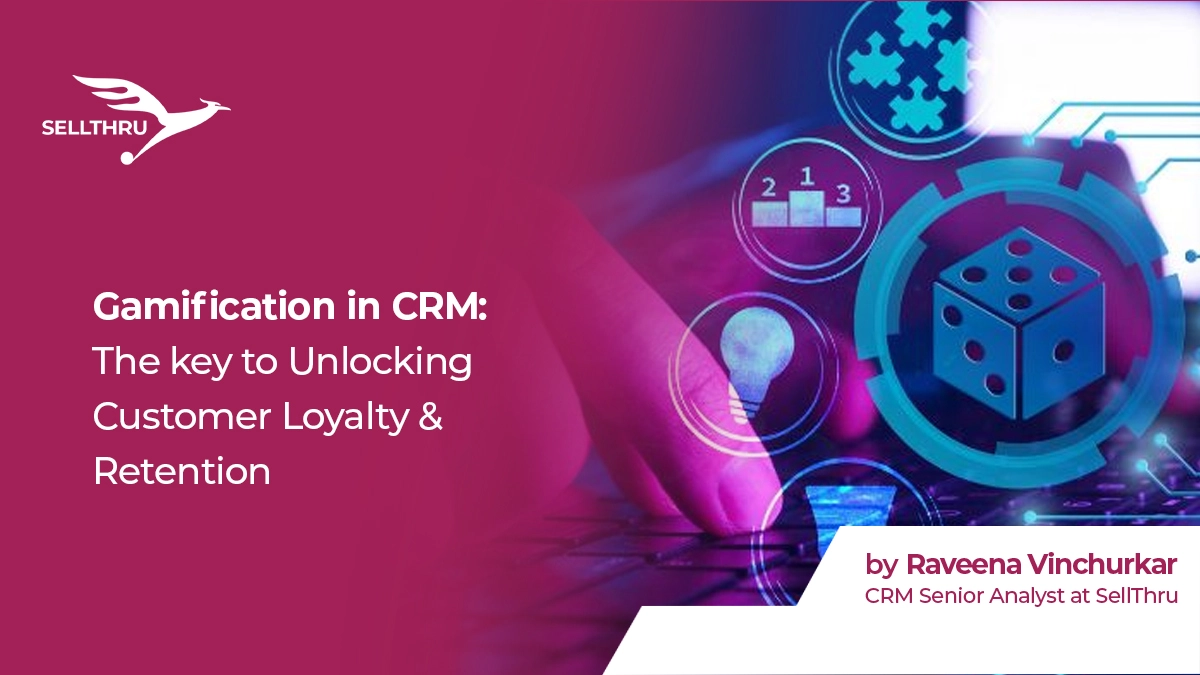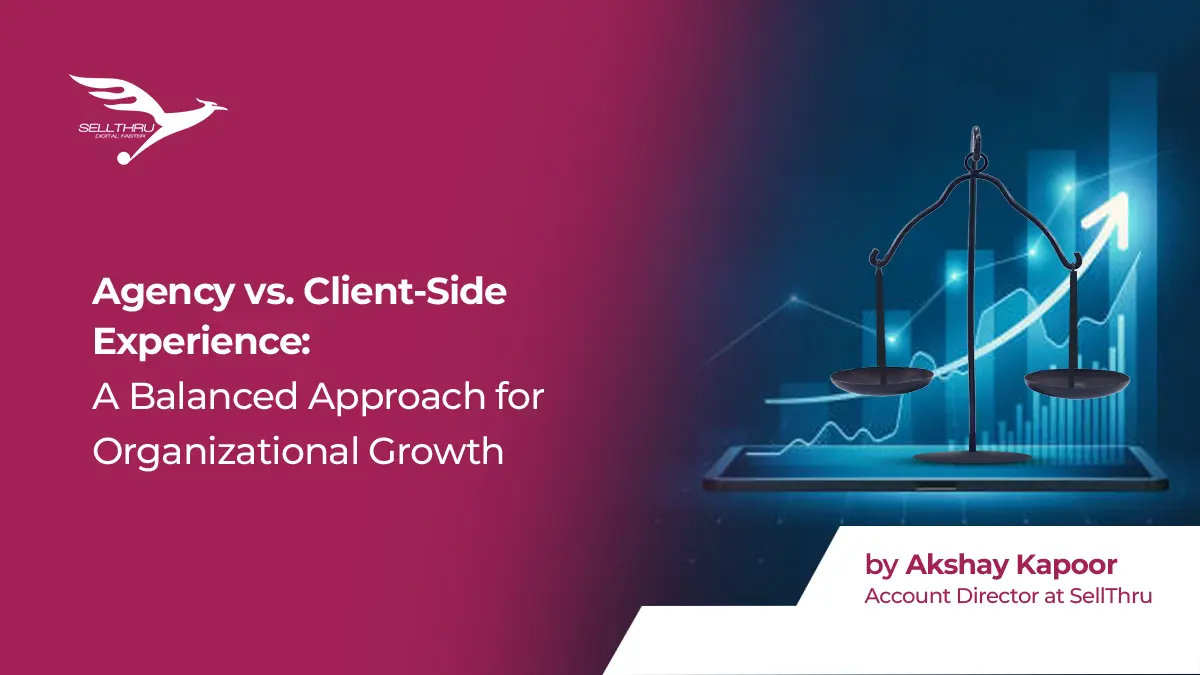In the world of digital marketing, running a campaign can be expensive. But if you’re smart with how you monitor and optimize your campaigns, you can get the most out of your budget. This article will explain how you can save money through careful campaign monitoring, using some examples from the e-commerce and lead generation industries in Dubai, with a focus on Google and social media channels.
- Setting Clear Goals:
The first step to saving money is to define what you want to achieve. Whether you’re working on an e-commerce site or trying to generate leads, knowing your goal helps you avoid wasting money on clicks or views that don’t matter.
For instance, in the Dubai e-commerce sector, brands like Namshi focus on clear objectives, such as driving sales of new collections. In this case, they would prioritize campaigns that target high-intent customers, like those searching for "buy men's sneakers Dubai" instead of broader searches like "best sneakers.”
Best Practice: Align your campaigns with specific goals like sales, newsletter sign-ups, or calls.
- Use Precise Targeting:
One of the most effective ways to save money is by using precise targeting. In Google Ads, you can target by location, interests, and even behaviors. For social campaigns, platforms like Facebook and Instagram offer detailed targeting options, allowing you to focus on the most relevant audience.
Best Practice: Instead of showing ads to everyone, focus on users who have previously searched for similar products and interests. This cuts down unnecessary costs on irrelevant users.
- Leverage Automated Bidding Strategies:
Google Ads and Social channels like (Meta, Snapchat and Tiktok Ads) offer automated bidding strategies that adjust your bids based on the likelihood of conversions. These strategies help prevent overspending on clicks that may not lead to sales or leads.
For instance, using a "Target CPA" (Cost Per Acquisition) strategy in Google Ads can help an ecommerce business maintain a consistent cost per sale. Similarly, a lead generation campaign for a healthcare provider could use "Target CPA" to ensure they don’t spend too much on irrelevant leads.
Best Practice: Experiment with different automated bidding strategies like "Target ROAS" (Return on Ad Spend) for e-commerce or "Maximize Conversions" for lead generation. These strategies help your ads appear in front of the right audience at the right price.

- Testing Regularly:
Test different strategies, structures, and campaign types and see what fits best for your brand, this will help you to act on data rather than assumptions. To test different components we use experiments or in other words A/B testing.
A/B testing is when you create two versions of an ad to see which performs better. For example, one ad might have a different headline, while the other might use different images. By testing these variations, you can see which one brings better results for less money.
In Dubai’s competitive e-commerce market, brands like Level Shoes A/B test various add elements to see what resonates best with their audience. This helps them spend less on ads that don’t work and more on those that do.
Best Practice: For lead generation campaigns, you can test different forms, landing pages, or ad copies to see what attracts more leads.
- Monitor Campaign Performance and Adjust:
Constant monitoring is crucial for campaign optimization. Google Ads and social media platforms offer detailed reporting tools, allowing you to see which ads are performing well and which aren’t. By keeping an eye on key metrics like click-through rates, conversion rates, and cost per click, you can adjust your strategy in real-time.
Best Practice: Check your campaigns at least once a week. If certain keywords or audiences aren’t delivering the results you expect, reallocate your budget to those that are performing well.
- Staying Updated and Using Tools for Campaign Optimization:
You can discover valuable optimization tips from external sources, so always stay updated with the latest trends. Follow experts with similar interests, and learn from your network.
Some tools / actions that can be used in Google Ads are, PMAX Placement scripts to track spend across placements serving under PMAX, and Product ROI scripts to categorize products into "Heroes," "Sidekicks," "Villains," and "Zombies" for better optimization.
Best Practice: Follow industry experts like Miles McNair, Bob Meijer, Adriaan Dekker, and Thomas Eccel, who share insights on enhancing PPC and Google Ads strategies
In conclusion, optimizing your campaigns doesn’t just mean getting better results, it can also save you money. By setting clear goals, using precise targeting, leveraging automated strategies, testing, monitoring your campaigns and staying updated with industry trends you can maximize your budget and get the best possible return on investment. Whether you’re in e-commerce or lead generation, following these best practices will ensure that your campaigns are cost-efficient and effective.



